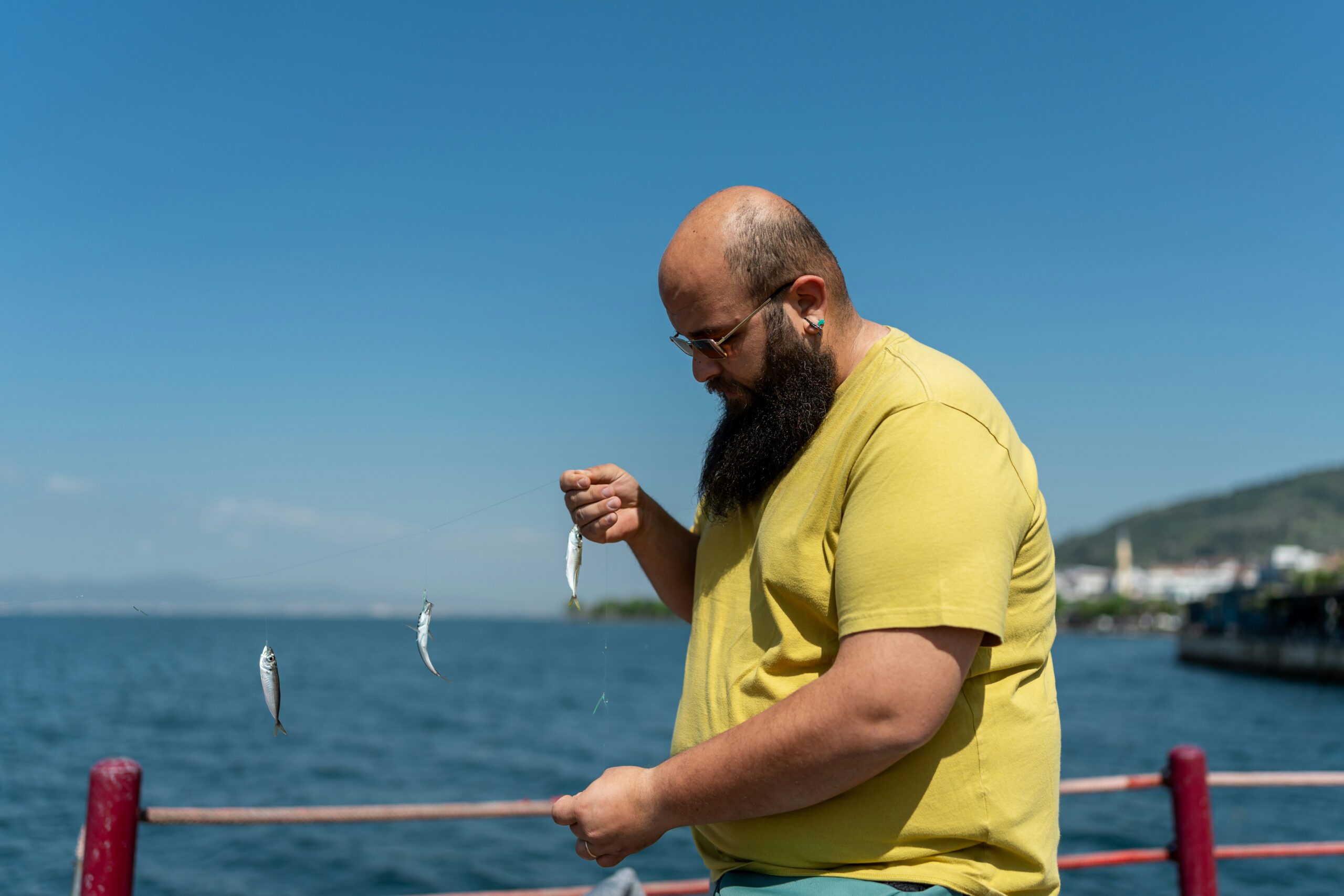
Saltwater fly fishing is a dynamic and exhilarating sport that combines the serenity of pristine aquatic environments with the thrill of the hunt. More than just a leisure activity, it has evolved into a competitive pursuit where anglers from around the world test their skills against some of the most challenging fish in the ocean. This exploration of competitive saltwater fly fishing delves into the intricacies of the sport, highlighting what makes it a unique and thrilling contest.
The Essence of Saltwater Fly Fishing
Saltwater fly fishing involves casting a fly — a lure typically made from fur, feathers, or synthetic materials — with a specially designed, heavy line and fly rod. The objective is to mimic local prey to entice fish such as tarpon, bonefish, or striped bass. Unlike freshwater fly fishing, which often occurs in smaller rivers or lakes, saltwater fly fishing usually occurs in expansive environments like oceans, seas, and large bays. These settings provide a home to more significant, robust fish, making the pursuit more demanding and exhilarating. Anglers use saltwater fly rods that are typically longer and sturdier than their freshwater counterparts to handle the ocean’s vastness and the size of the marine creatures.
Gear and Preparation
Competitive saltwater fly fishing demands high-quality, specialized gear. Anglers use saltwater fly rods that are typically longer and sturdier than their freshwater counterparts to handle the ocean’s vastness and the size of the marine creatures. The reels are robustly designed to withstand the corrosive saltwater environment and the incredible force of oceanic fish. Lines and leaders are also heavier and more rigid, essential for casting larger flies and managing big fish. Preparing for competition involves selecting the right equipment and understanding the local conditions — tides, temperature, and fish behavior — which can significantly influence success.
Challenges of the Sport – Fly Fishing
One of the most significant challenges in competitive saltwater is the skill required to locate and hook the fish. Anglers must read subtle signs in the environment, from noticing a slight ripple indicating fish activity to understanding how tidal phases affect fish movements. Additionally, the physical demands cannot be underestimated; battling a large fish like a tarpon or a tuna requires strength, endurance, and technique, as these battles can last for hours. Anglers use saltwater fly rods that are typically longer and sturdier than their freshwater counterparts to handle the ocean’s vastness and the size of the marine creatures.
Competitive Arenas – Fly Fishing
Competitions in saltwater vary from small, local tournaments to international championships. These events are often species-specific, targeting popular sport fish like tarpon in Florida or giant trevally in the Seychelles. Scoring in these tournaments can be based on various criteria, including the number of fish caught, the total weight, or the catch-and-release practice emphasizing conservation. The competitive aspect adds a layer of intensity to the sport, pushing anglers to hone their skills continually.
Conservation Efforts – Fly Fishing
Conservation plays a crucial role in competitive saltwater fly fishing. Many tournaments now practice catch-and-release to minimize the impact on fish populations and habitats. Competitions often contribute to conservation efforts, raising awareness and funds to support marine ecosystems. This commitment to environmental stewardship helps ensure that future generations can enjoy the sport.
Community and Culture
The competitive saltwater fly fishing community is a tight-knit group that shares a deep respect for the ocean and its inhabitants. Through competitions, angles combine to share techniques, stories, and a passion for the sport. This sense of community extends beyond the individual tournaments, with many anglers participating in online forums, clubs, and conservation initiatives. The culture around competitive saltwater fly fishing is one of camaraderie and mutual respect, bound by the shared thrill of the pursuit.
Competitive saltwater fly fishing is more than a sport; it’s a passionate pursuit that tests the limits of skill, endurance, and respect for nature. It offers a thrilling challenge to those who venture into the ocean’s vastness, armed with nothing but a rod and their wits. For many, the real competition is not with each other but with the formidable opponents that dwell beneath the waves. This competitive edge and commitment to conservation and community make saltwater a uniquely rewarding experience.